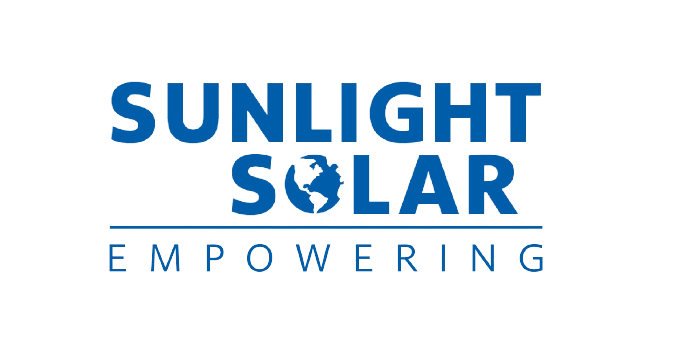Between energy used to light arenas, run Zambonis, and power Jumbotrons, it takes a lot to operate an arena, whether it’s NHL, minor league, or a bunch of children on skates chasing a puck. From its inception, playing hockey has been based on whether or not a surface is frozen. Even though there are professional hockey teams in places that have never seen snow, like the Phoenix Coyotes, it’s arguable that the effect of climate change upon it can be greater than on other sports. Concordia University in Canada actually did a study about it. Taking advantage of renewable energy not only helps slow down climate change, but it also starts to set a framework for future teams and players that might not have the opportunity to get their start playing outdoors on the ice. 


 The NHL and the Natural Resources Defense Council teamed up to form NHL Green, which advocates for sustainability in professional hockey. It’s not just providing energy to the buildings, either. NHL Green also runs a program called Restore Hockey that gives people a place to donate old equipment so that a new legacy of hockey players can flourish and grow.Early this year, the 2014 NHL Sustainability report, the first of its kind, was released to show the world strides that have been taken, as well as how far we have to go. Arenas can be a great spot for a solar array- despite a flat roof, shading is generally not an issue- not to mention there is plenty of roofspace. Obviously, it takes a massive solar PV system to power a packed arena. For example, the 364 kW system on the Staples Center where the LA Kings play only provides a small portion of the energy needed on a typical game day. Still, considering the substantial energy usage, a solar PV system is a great way to offset utility costs. A power purchasing agreement, where a building owner only pays for the energy that is consumed and not any of the installation costs, can be a beneficial option in this situation. Mike Richter, a Hall of Famer whose NHL career spanned from 1989 to 2003, has been spending his retirement time off the ice working to bring cleaner energy to sports venues. Richter founded Healthy Planet Partners, which works with existing commercial buildings to install clean energy technology, including solar. He often encourages customers to go with a PPA, stating, “It’s good for us, good for the client we’re doing business with, and it’s fantastic for the community in which we’re doing the work”.
The NHL and the Natural Resources Defense Council teamed up to form NHL Green, which advocates for sustainability in professional hockey. It’s not just providing energy to the buildings, either. NHL Green also runs a program called Restore Hockey that gives people a place to donate old equipment so that a new legacy of hockey players can flourish and grow.Early this year, the 2014 NHL Sustainability report, the first of its kind, was released to show the world strides that have been taken, as well as how far we have to go. Arenas can be a great spot for a solar array- despite a flat roof, shading is generally not an issue- not to mention there is plenty of roofspace. Obviously, it takes a massive solar PV system to power a packed arena. For example, the 364 kW system on the Staples Center where the LA Kings play only provides a small portion of the energy needed on a typical game day. Still, considering the substantial energy usage, a solar PV system is a great way to offset utility costs. A power purchasing agreement, where a building owner only pays for the energy that is consumed and not any of the installation costs, can be a beneficial option in this situation. Mike Richter, a Hall of Famer whose NHL career spanned from 1989 to 2003, has been spending his retirement time off the ice working to bring cleaner energy to sports venues. Richter founded Healthy Planet Partners, which works with existing commercial buildings to install clean energy technology, including solar. He often encourages customers to go with a PPA, stating, “It’s good for us, good for the client we’re doing business with, and it’s fantastic for the community in which we’re doing the work”.
Right now, only two NHL arenas are getting power from solar. The Pepsi Center, home of the Colorado Avalanche, as well as the Staples Center, where the LA Kings play, both have solar arrays. A good number of community ice arenas have had systems installed as well. Surprisingly, the Amway Center, where the AHL team the Orlando Solar Bears play, does NOT have a solar system, but it would be great to see one on there, especially since the building holds a LEED Gold certification. With continued encouragement from organizations like NHL Green and people like Mike Richter, hopefully there will be more energy efficiency in sports, promising Sustainability Reports in the future, and outdoor Winter Classics for years to come.
